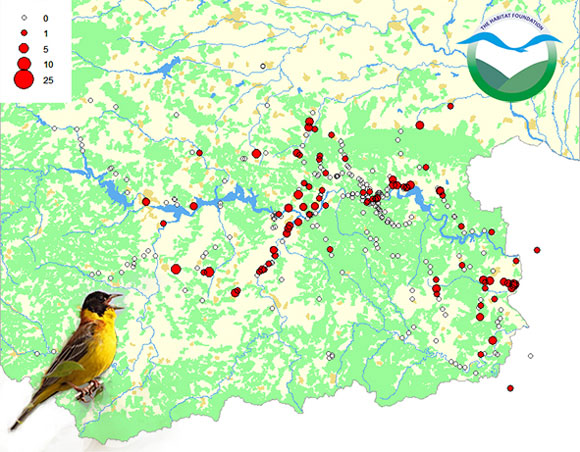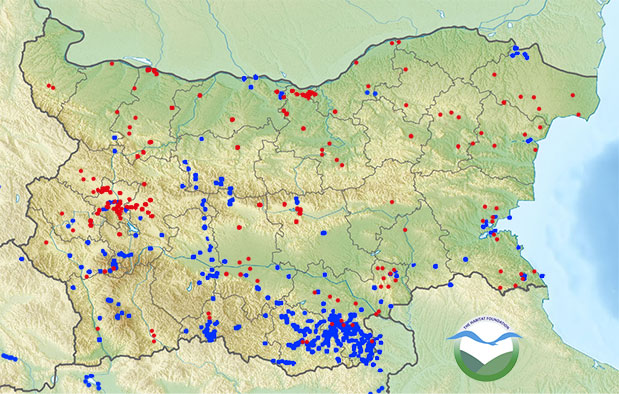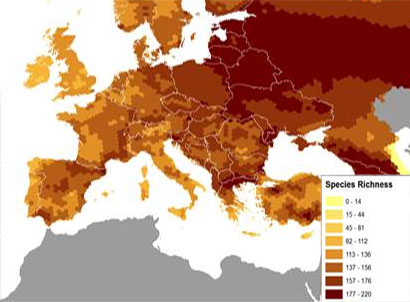Bird surveys in Southeastern Europe
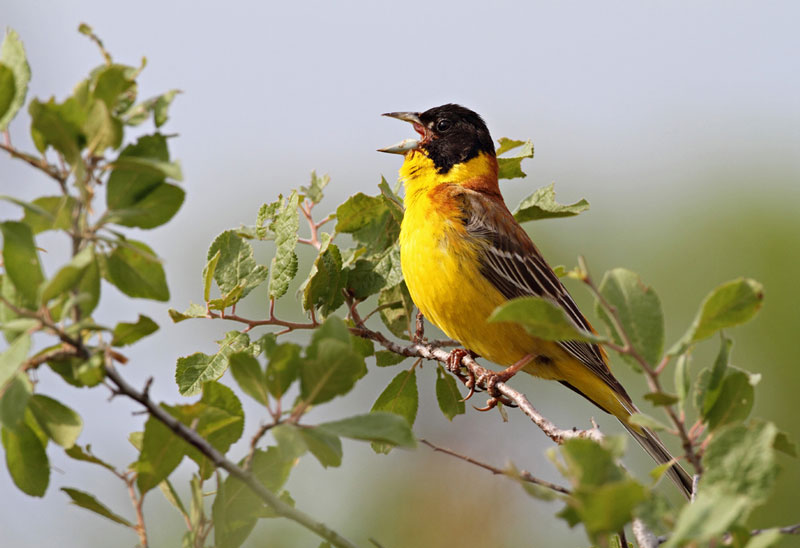
Three climate zones meet in Southeastern Europe. Together with the many mountains, deep valleys, large rivers (Danube), sandy beaches, rocky coasts and ancient oak and beech forests, this area is home to many plant and animal species. Much of nature here is still untouched. Hens, it is not surprising that many species are found here that are missing or rare elsewhere in Europe. For some species of mammals and birds, Southeast Europe is a source from which the rest of Europe can be recolonized. Preservation of this rich nature is therefore important not only for the local population but also for the other European countries. However, the diverse landscape disappears. Young people leave the area, leaving abandoned agricultural lands and deserted towns behind. Mining companies dig for minerals and the electric power industry builds dams in the many rivers. Motorways are built to connect Western Europe with the Black and Aegean Seas. This may have profound effects on native animals and plants.
In most Southeastern European countries, private associations and foundations are committed to preserving the rich nature in their country. However, the resources and manpower they have for this are minimal. On the other hand, many Western Europeans go to Southeast Europe for a holiday to enjoy nature there. In 2010, this prompted The Habitat Foundation to start a project in which bird watchers from the Netherlands were asked to carry out bird counts in Bulgaria. These were simple 10-minute counts around fixed points in south-eastern Bulgaria. A small effort if you are there on holiday to watch birds.
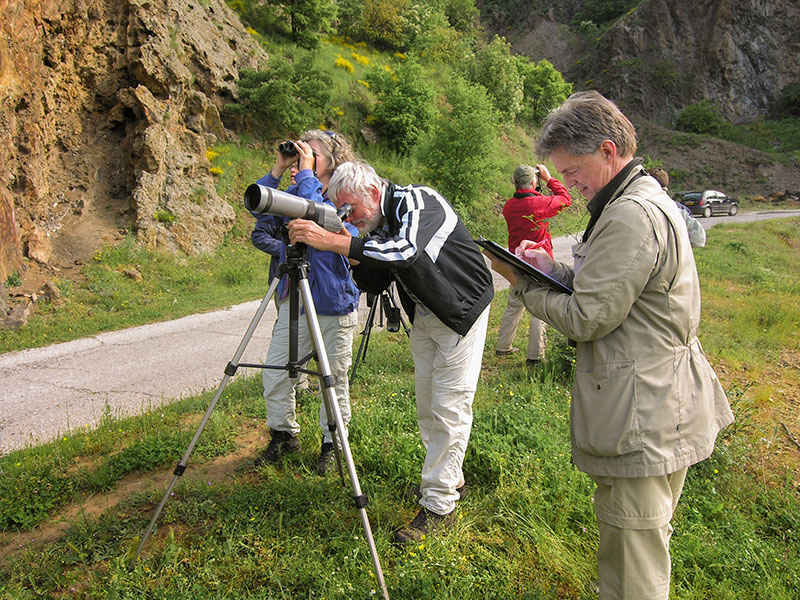
The census data has been made available to the Bulgarian Society for the Protection of Birds (BSPB) and is also being used for the new European Breeding Bird Atlas. Over the years, the censuses have spread to the rest of Bulgaria, and censuses have also been carried out in Greece and North Macedonia. In North Macedonia, they are used for a national bird atlas.
GOAL
In this project, a new monitoring method is tested: point counts. During 10 minutes all birds heard and seen within a circle with a radius of 200 meters are counted and noted. The method delivers information about the relative abundances of birds in an area. It can be applied by bird watchers during their holiday / bird trip. This opens the way to collect comparable bird data in areas where local bird watchers are scarce.
ACTIVITIES
- Every year several Western European bird watchers perform counts in south-eastern Europe.
- Stimulate bird watchers in Bulgaria and abroad to take part in this project.
- Train the employees of the BSPB to use this method and how to analyse the data.
- Make a website where bird watchers can register their sightings and counts. Go to pc.trektellen.nl. The website also gives the location of spots where to count and the results of the counts.
- Ask travel companies to include the counts in their bird trips.
- After five years the results will be evaluated and it will be decided if the method can be applied in other areas in Europe.
DURATION
2010 – 2016
SPONSOR
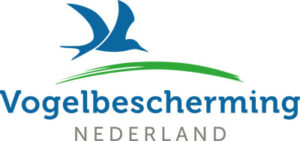 Vogelbescherming Nederland (partner of BirdLife International)
Vogelbescherming Nederland (partner of BirdLife International)
DOCUMENTS
- Distribution maps of bird sightings in Bulgaria in the period 2010-2016
- Distribution maps of bird sightings in Macedonia in the period 2014-2016
- Manual point counts in Bulgaria
- Report of the point counts in the Eastern Rhodopes in 2010
- For more documents click here.
